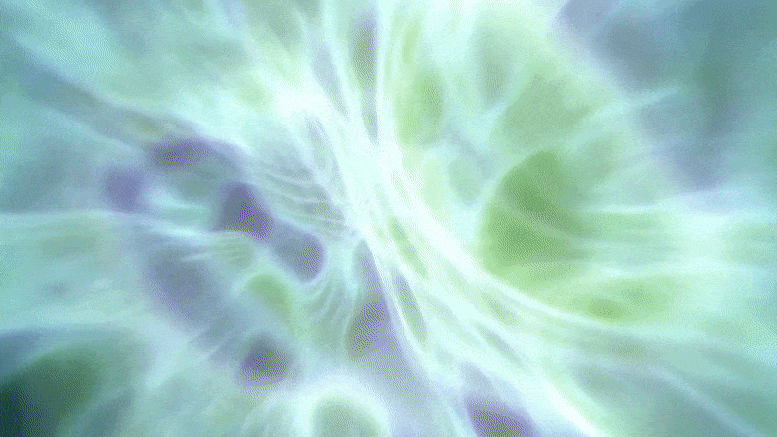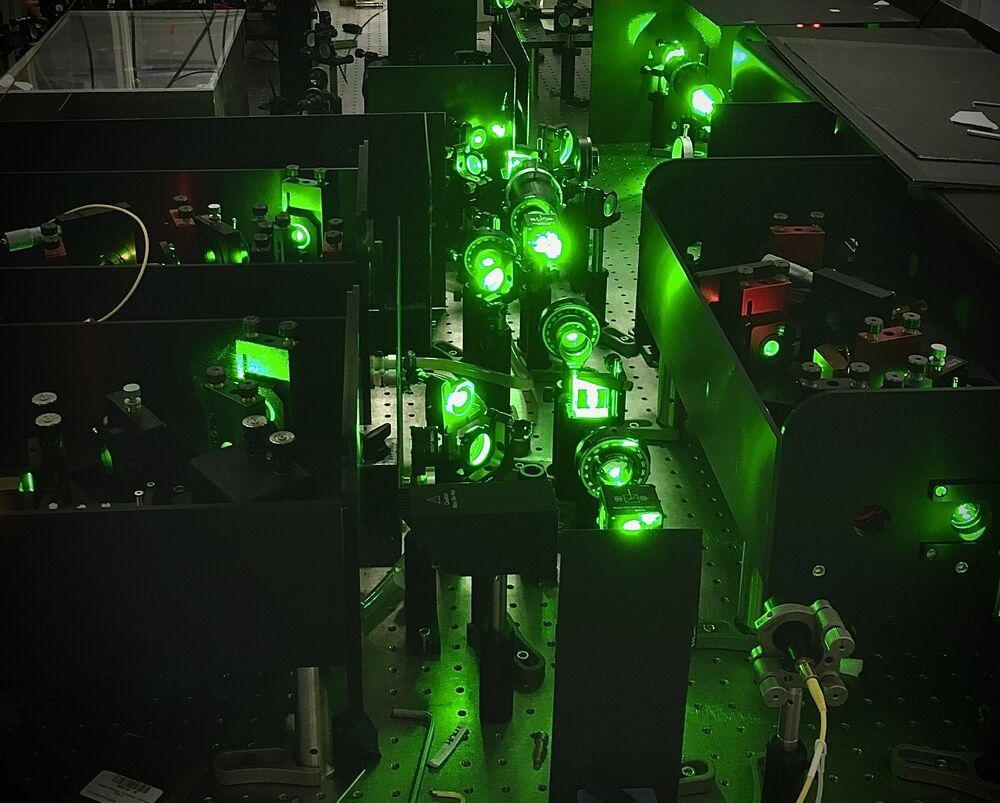Infinite code speed program on github.
Infinitely Fast Deserializer for. NET,.NET Core and Unity. — neuecc/ZeroFormatter.


“In the three videos, which were posted under the TikTok account @deeptomcruise, someone who appears to be Cruise is seen playing golf, doing a magic trick and awkwardly sharing an anecdote. Everything is practically spot on, from the laugh to the gestures to the facial expressions. But in reality, it’s just Fisher behind the camera, whose image has been warped by deepfake technology.”
It took a lot more work than the average person could handle, says visual effects artist Chris Ume.
Conspiracy theories never mutate to become a wider, funnier, more hopeful reality-map. This one has turned into QAnon and Pizzagate.
View 22 more replies.
Stephen Langevin.
Dirk Bruere.
Mark Dorroh.
“The Protocols of the Elders of Q____”
Protein Trafficking in Chloroplast.
This Video Explains Cellular Compartmentation And Protein Sorting (Protein Transport in Chloroplast)
Thank You For Watching.
Please Like And Subscribe to Our Channel: https://www.youtube.com/EasyPeasyLearning.
Like Our Facebook Page: https://www.facebook.com/learningeasypeasy/
Join Our Facebook Group: https://www.facebook.com/groups/460057834950033


After his PhD thesis invalidates an old assumption, Norman Cao wonders what’s next.
“What are some challenges in controlling plasma and what are your solutions? What is the most effective type of fusion device? What are some difficulties in sustaining fusion conditions? What are some obstacles to receiving fusion funding?”
For the past four years, graduate student Norman Cao ’15 PhD ’20 has been the Plasma Science and Fusion Center’s (PSFC’s) go-to “answer man,” replying to questions like these emailed by students and members of the general public interested in getting a deeper understanding of fusion and its potential as a future energy source.


Measuring the size of atomic nuclei has sometimes been useful to probe aspects of nucleon-nucleon interaction and the bulk properties of nuclear matter. The charge radius of atomic nuclei, which can be extracted using laser spectroscopy techniques, is sensitive to both the bulk properties of nuclear matter and particularly subtle details of the interactions between protons and neutrons.
